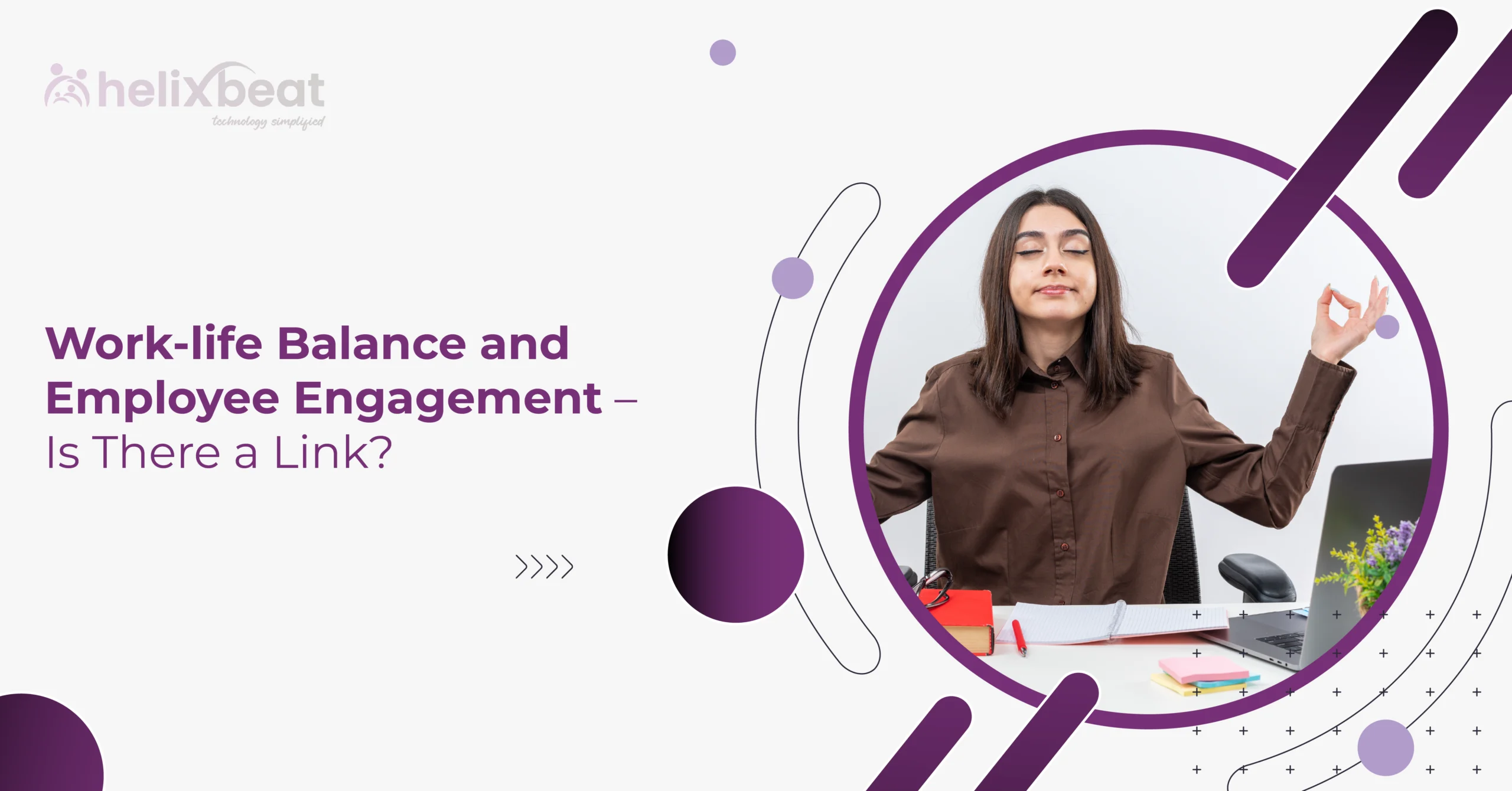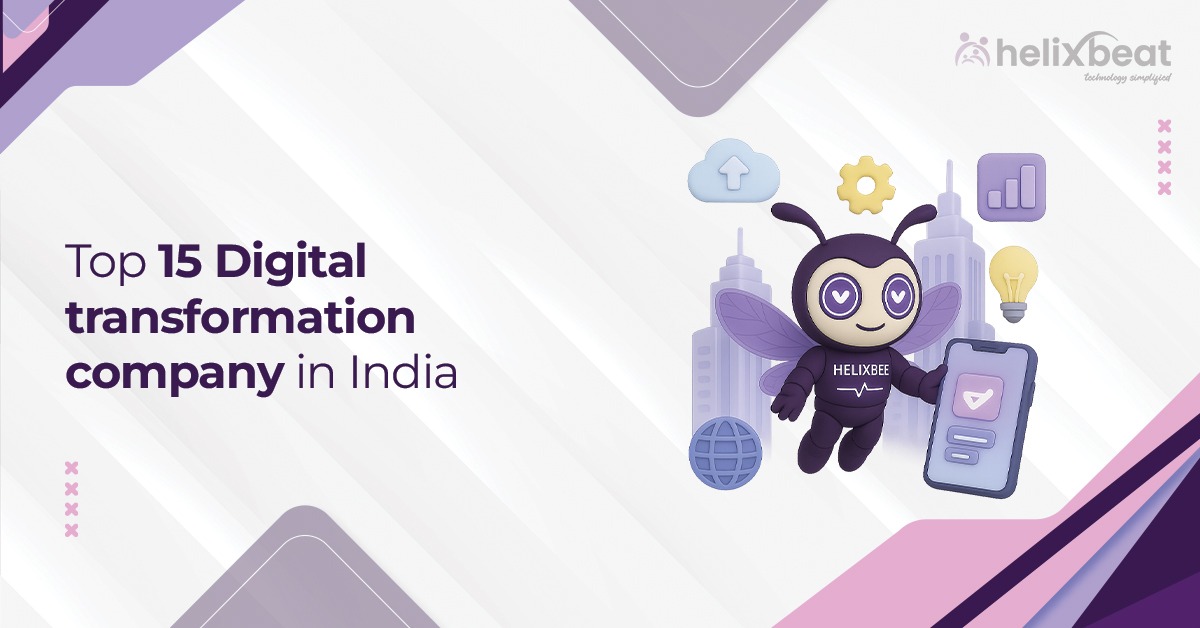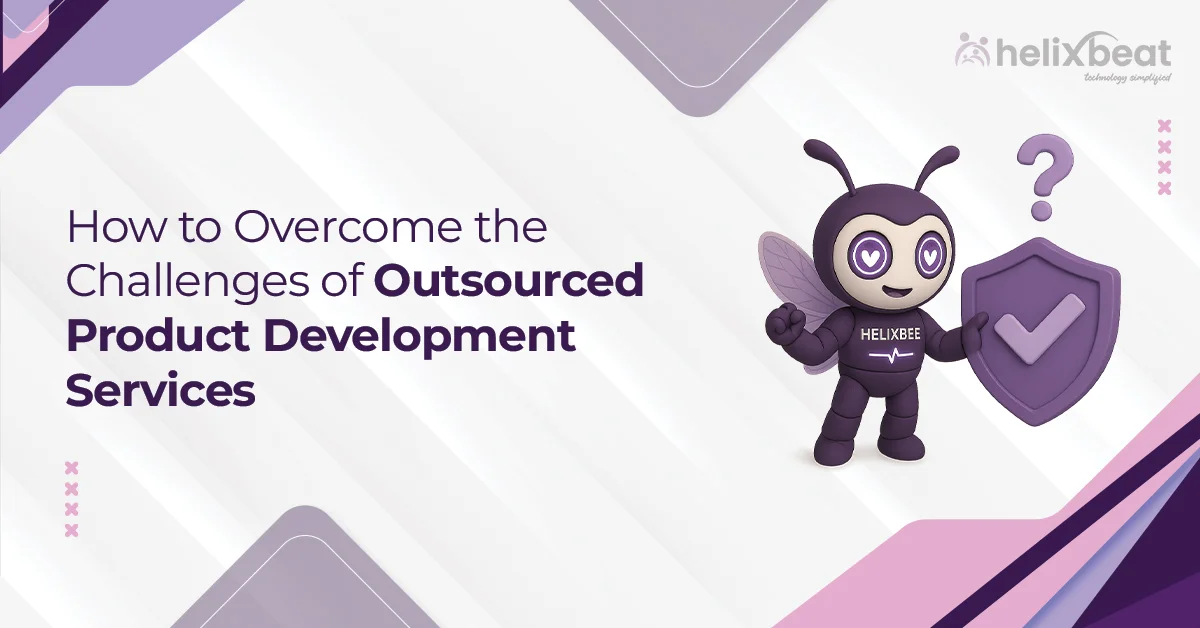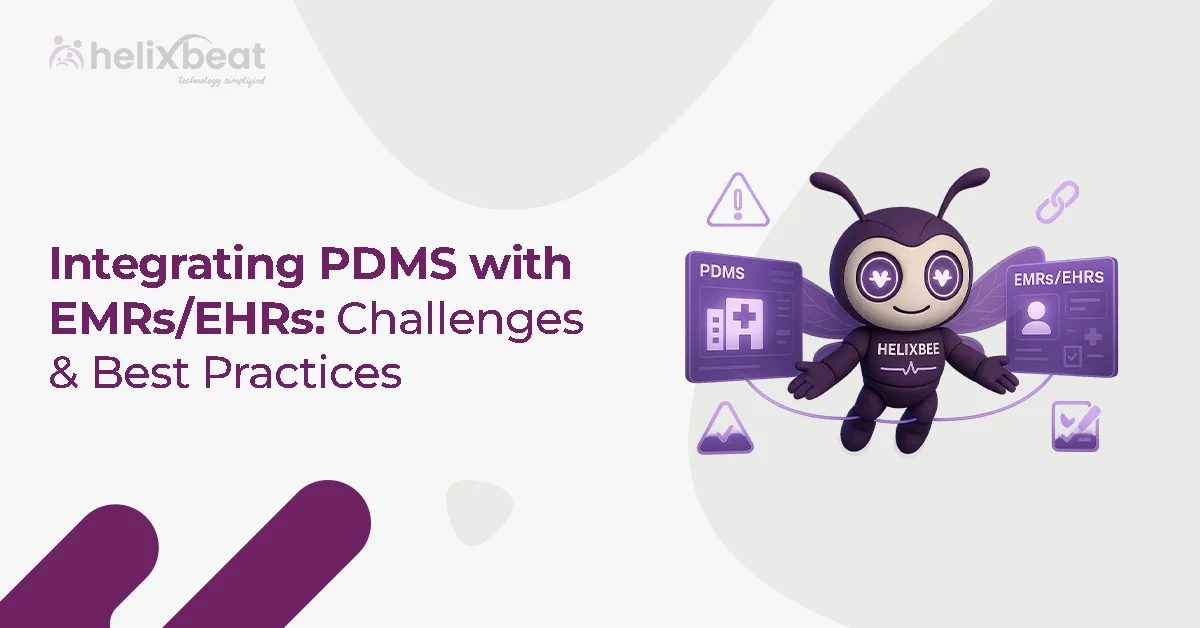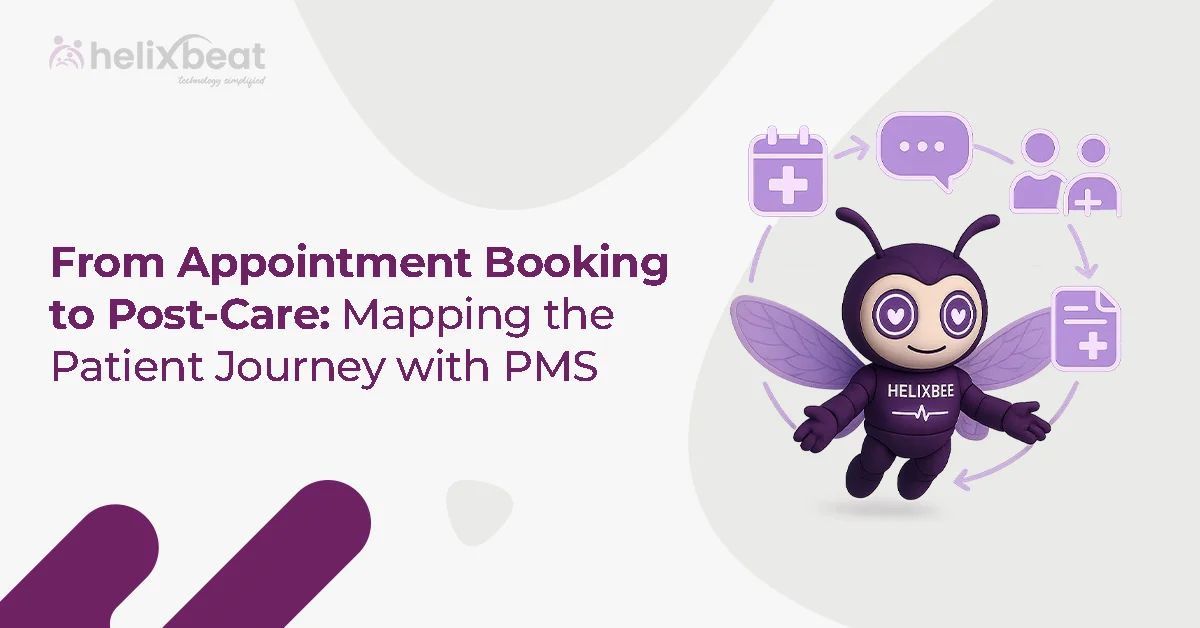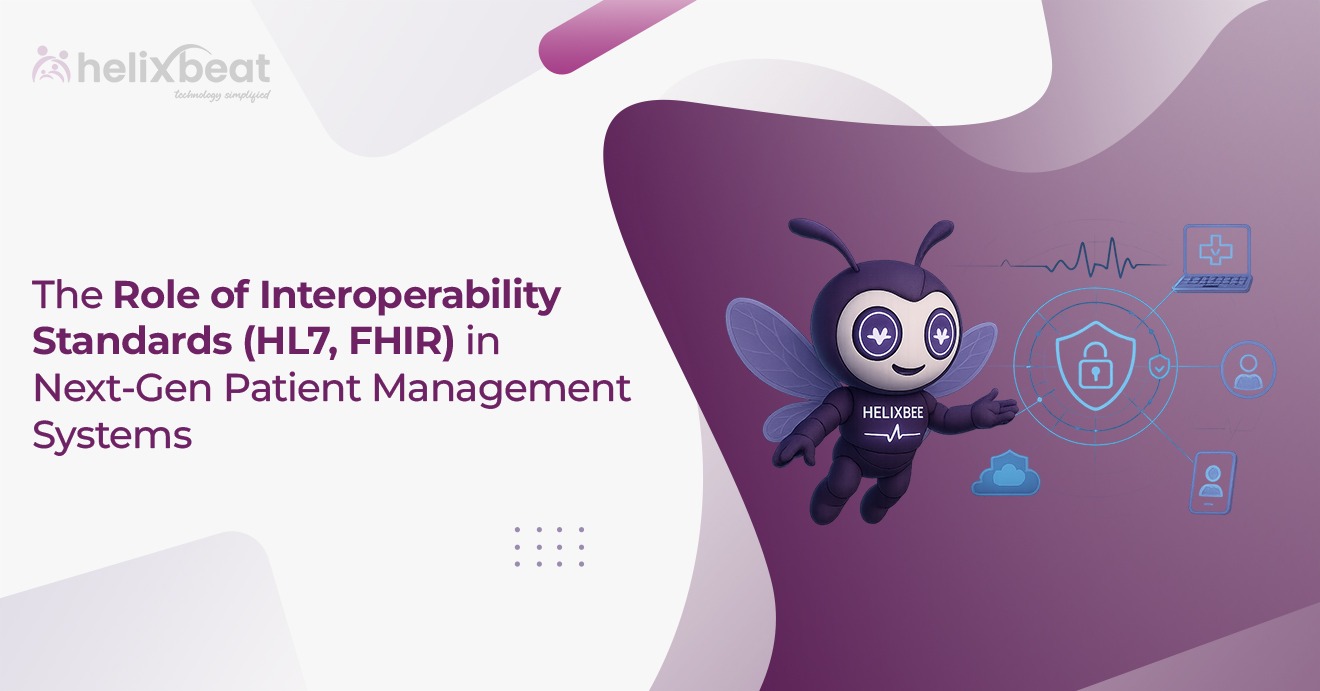Can an employee truly feel engaged in their work if they struggle to balance professional and personal responsibilities? The modern workplace is evolving, and businesses that prioritize work-life balance often experience higher employee engagement, improved productivity, and reduced turnover. Employee engagement is not just about motivation—it’s about fostering a work environment that enables employees to thrive both personally and professionally.
In this article, we will explore how work-life balance directly impacts employee engagement, the benefits it offers businesses, and strategies organizations can implement to build a more engaged workforce.
Table of Contents
What is Work-Life Balance?
Work-life balance refers to the equilibrium between professional responsibilities and personal life. It ensures that employees can fulfill their work commitments without compromising their well-being. Achieving a healthy balance requires clear boundaries, effective time management, and an organizational culture that respects employees’ need for flexibility.
How Work-Life Balance Affects Employee Engagement?
Achieving work-life balance is essential for maintaining employee engagement and long-term workplace satisfaction. When employees feel supported in balancing their professional and personal lives, they become more productive, motivated, and committed to their roles.
1. Reduces Stress and Burnout
Employees overwhelmed by excessive workloads or unrealistic deadlines are more likely to experience stress and burnout. Chronic stress not only reduces job performance but also affects overall health and job satisfaction. A well-balanced work environment helps employees’ recharge, reducing burnout and fostering higher employee engagement. When employees feel less pressured, they are more likely to stay motivated and focused on their work.
2. Increases Job Satisfaction
When employees have the flexibility to manage their schedules, they feel more in control of their personal and professional responsibilities. This sense of autonomy enhances job satisfaction, leading to increased loyalty and commitment to the organization. Higher job satisfaction directly translates to improved employee engagement, as employees become more invested in their roles and motivated to contribute meaningfully to the company’s success.
3. Enhances Productivity and Performance
A well-rested and motivated workforce is naturally more productive. Employees who have time to relax and disconnect from work return with renewed energy, creativity, and focus. This results in higher efficiency, better decision-making, and a stronger sense of accountability. Businesses that prioritize work-life balance empower their teams to maintain peak performance without feeling overwhelmed or exhausted.
4. Improves Employee Retention
When work-life balance is compromised, employees are more likely to seek job opportunities elsewhere. High turnover rates not only disrupt workflow but also lead to increased hiring and training costs. Companies that prioritize employee engagement by offering flexible work arrangements and wellness initiatives experience lower attrition rates. Employees who feel supported in balancing their work and personal lives are more inclined to stay with their employer long-term.
5. Strengthens Organizational Culture
A workplace that values work-life balance fosters a positive culture built on trust, respect, and transparency. Employees feel valued and appreciated, which directly influences their level of employee engagement. A supportive work environment encourages open communication, collaboration, and a shared commitment to success. When employees believe that their well-being matters, they are more likely to stay engaged and contribute to the organization’s long-term growth.

The Role of Leadership in Work-Life Balance
Leadership plays a crucial role in shaping an organization’s approach to work-life balance. When managers prioritize employee engagement and well-being, they create an environment where employees feel supported and empowered.
1. Encouraging a Flexible Work Environment
Managers should embrace flexible work arrangements, such as remote work options, hybrid schedules, and adaptable working hours. Providing employees with the autonomy to manage their time effectively enhances employee engagement while maintaining productivity. A flexible work environment allows employees to meet both personal and professional commitments without unnecessary stress.
2. Setting Realistic Expectations
Unrealistic deadlines and excessive workloads can lead to disengagement and dissatisfaction. Leaders must ensure that employees have achievable goals and manageable responsibilities. By setting clear expectations and providing the necessary resources, managers create a work culture that promotes motivation and sustained employee engagement.
3. Promoting a Culture of Well-being
A positive work environment goes beyond deadlines and productivity—it involves prioritizing employee well-being. Encouraging regular breaks, promoting mental health awareness, and fostering a culture of inclusivity contribute to a healthier workplace. When employees feel their well-being is valued, they develop a stronger sense of employee engagement, leading to higher performance and overall job satisfaction.
By integrating work-life balance strategies with effective leadership, businesses can cultivate an engaged, motivated, and high-performing workforce.
How Synergy Enhances Work-Life Balance and Employee Engagement?
Synergy, an advanced HRMS by Helixbeat, simplifies workforce management by automating essential HR functions, ultimately improving work-life balance and employee engagement.
1. Flexible Shift Management
Synergy’s shift management feature enables businesses to plan, assign, and track employee shifts efficiently. By giving employees greater control over their schedules, it reduces unnecessary stress and promotes a healthier work-life balance.
2. Leave Management
With Synergy, employees can request time off easily, and managers can approve requests seamlessly. This streamlined process ensures that employees take necessary breaks to recharge, leading to higher employee engagement and job satisfaction.
3. Payroll and Expense Management
Automated payroll and expense management reduce administrative burdens, allowing employees and HR teams to focus on more strategic and engaging work. By minimizing time-consuming tasks, businesses can improve overall efficiency and workplace satisfaction.
4. Real-Time Communication with Peer Connect
Synergy’s Peer Connect feature fosters internal networking, collaboration, and teamwork. Employees can engage with colleagues efficiently, regardless of their location, leading to a more connected and engaged workforce.
5. Employee Performance Insights
Synergy’s comprehensive reporting tools provide insights into attendance, productivity, and overall employee engagement. These data-driven insights help businesses implement strategies that enhance work-life balance, optimize performance, and improve employee well-being.

Best Practices to Improve Work-Life Balance and Employee Engagement
Achieving a healthy work-life balance is essential for sustaining employee engagement and overall workplace satisfaction. Organizations that implement thoughtful policies can create an environment where employees remain motivated, productive, and committed to their roles.
1. Implement Hybrid Work Models
Allowing employees to work remotely part-time or full-time fosters flexibility, reduces commuting stress, and enhances overall employee engagement. Hybrid work models enable employees to balance their professional and personal lives more effectively while maintaining productivity.
2. Encourage Regular Breaks
Short breaks during work hours help employees stay focused, reduce mental fatigue, and improve concentration. Encouraging employees to step away from their desks prevents burnout and contributes to sustained employee engagement throughout the workday. A refreshed mind leads to better decision-making and enhanced performance.
3. Support Professional Development
Providing employees with opportunities for training, upskilling, and career growth ensures they stay motivated and engaged. Structured learning schedules promote work-life balance by integrating professional development into manageable timelines, allowing employees to grow without feeling overwhelmed.
4. Promote Wellness Programs
Investing in wellness initiatives such as mental health resources, fitness programs, and relaxation spaces helps employees maintain their well-being. A workforce that prioritizes health is more likely to be engaged, productive, and committed to their organization’s success.
5. Recognize and Reward Employee Efforts
Appreciation and recognition play a crucial role in fostering employee engagement. Acknowledging employee contributions boosts morale, reinforces a culture of respect, and encourages a balanced work environment. Regular rewards and recognition initiatives help employees feel valued and motivated to perform at their best.

Final Words
The connection between work-life balance and employee engagement is undeniable. A well-balanced workplace reduces stress, enhances productivity, and fosters a positive work culture. Organizations that prioritize flexibility and well-being are better equipped to retain top talent, drive innovation, and improve overall employee satisfaction.
Synergy by Helixbeat provides the ideal HRMS solution to streamline HR operations, empower employees, and cultivate an engaged workforce. By integrating smart HR management tools, businesses can create an environment where employees feel valued, motivated, and dedicated to their roles.
FAQs
1. How does work-life balance impact employee engagement?
A healthy work-life balance reduces stress and burnout, increasing job satisfaction and motivation, leading to higher employee engagement.
2. What role does leadership play in work-life balance?
Leaders set expectations, encourage flexibility, and promote well-being, significantly influencing work-life balance and engagement.
3. How can technology improve work-life balance?
HRMS platforms like Synergy automate HR tasks, streamline scheduling, and facilitate remote work, enhancing flexibility and engagement.
4. What are the benefits of remote work for employee engagement?
Remote work offers flexibility, reduces commuting stress, and improves work-life balance, leading to higher engagement and job satisfaction.
5. How can organizations measure employee engagement?
Businesses can measure engagement through surveys, productivity metrics, and HRMS insights like attendance and performance tracking.
6. Why is burnout a threat to employee engagement?
Burnout leads to disengagement, reduced productivity, and increased turnover, making work-life balance essential for long-term engagement.



